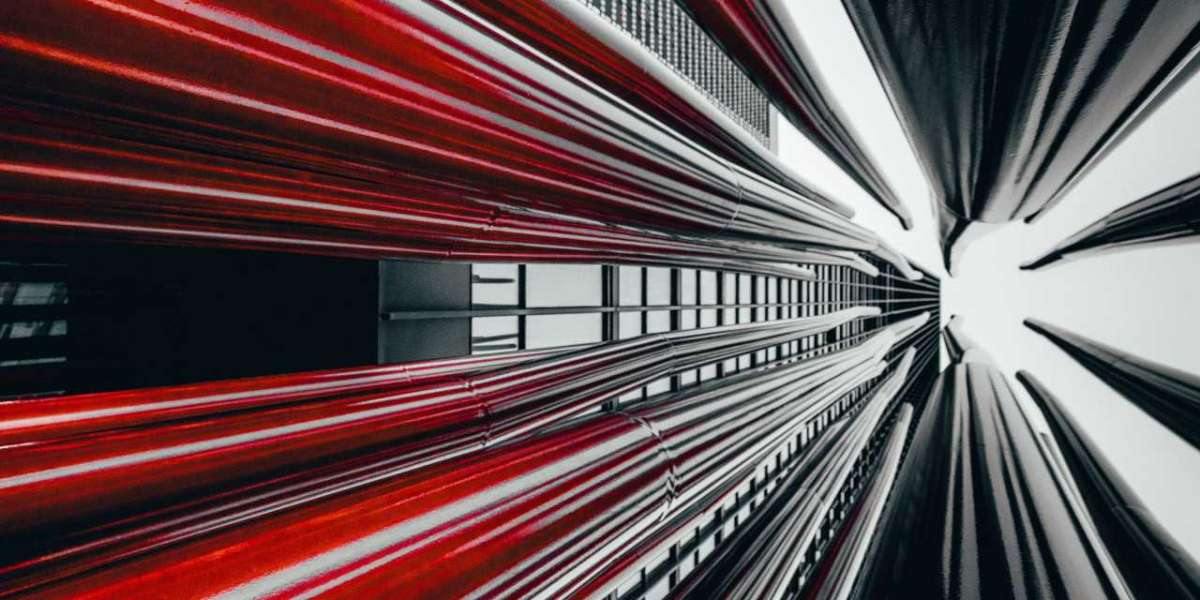When it comes to oxygen concentrators, healthcare providers have a variety of options to choose from. Two common choices are the 5-liter and 10-liter oxygen concentrators. While both serve the same purpose of delivering oxygen to patients, there are significant differences between the two that can impact their effectiveness in different healthcare settings.
Understanding Oxygen Concentrators
Oxygen concentrators are medical devices that take in air from the surrounding environment and remove nitrogen, leaving an oxygen-rich stream for the patient to inhale. They are commonly used to treat patients with respiratory conditions such as chronic obstructive pulmonary disease (COPD) and emphysema. The concentrators come in various sizes and capacities, with the 5-liter and 10-liter options being popular choices in healthcare facilities.
Flow Rate and Capacity
One of the primary differences between 5-liter and 10-liter oxygen concentrators is their flow rate and capacity. The 5-liter concentrator can deliver up to 5 liters of oxygen per minute, making it suitable for patients who require low to moderate levels of oxygen. On the other hand, the 10-liter concentrator can deliver up to 10 liters of oxygen per minute, catering to patients who need higher levels of oxygen support.
For example, a patient with severe COPD may require a higher flow rate to maintain adequate oxygen saturation levels. In such cases, a 10-liter oxygen concentrator would be more suitable to meet the patient's needs compared to a 5-liter concentrator.
Portability and Size
Another important factor to consider when choosing between 5-liter and 10-liter oxygen concentrators is portability and size. 5-liter concentrators are generally more compact and lightweight, making them easier to move around and transport. This feature makes them ideal for home use or for patients who are more active and need to move around while receiving oxygen therapy.
On the other hand, 10-liter concentrators are larger and heavier due to their higher capacity. While they may not be as portable as the 5-liter options, they are suitable for stationary use in healthcare facilities where patients are less mobile and require constant access to high-flow oxygen therapy.
Energy Consumption and Efficiency
Energy consumption and efficiency are also key considerations when comparing 5-liter and 10-liter oxygen concentrators. 5-liter concentrators typically consume less power and are more energy-efficient compared to their 10-liter counterparts. This can be advantageous for home use, where patients may be concerned about electricity costs and environmental impact.
However, 10-liter concentrators are designed to meet the demands of patients requiring higher oxygen flow rates, and their energy consumption is justified by their ability to deliver more oxygen when needed. In a healthcare setting, where patient care is the priority, the higher energy consumption of 10-liter concentrators may be a worthwhile trade-off for the increased oxygen delivery capacity.
Conclusion
In conclusion, the choice between a 5-liter and 10-liter oxygen concentrator depends on various factors such as the patient's oxygen requirements, mobility, and the healthcare setting. Understanding the differences between the two types of concentrators is crucial for healthcare providers to make informed decisions that best suit the needs of their patients.
Ultimately, both 5-liter and 10-liter oxygen concentrators play a vital role in delivering oxygen therapy to patients with respiratory conditions, and their distinct features make them suitable for different clinical scenarios. By considering the flow rate, capacity, portability, size, energy consumption, and efficiency, healthcare providers can ensure that patients receive the most appropriate oxygen therapy tailored to their individual needs.



